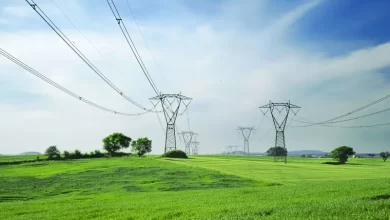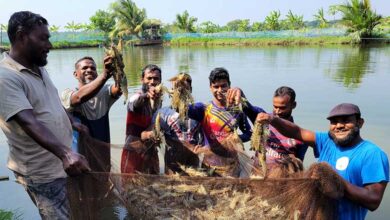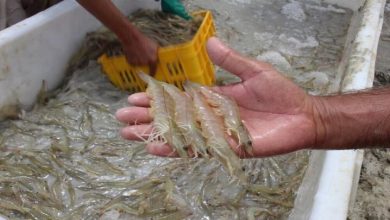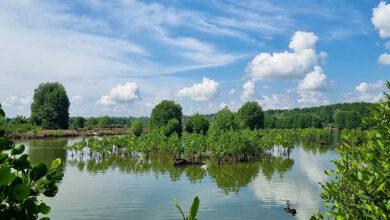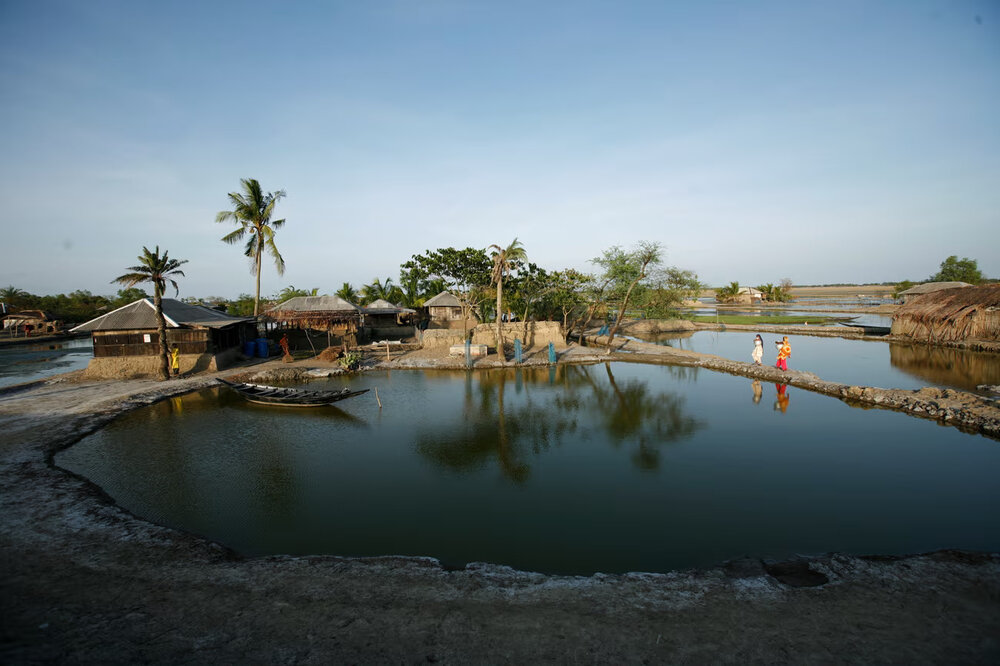
Aquaculture ponds need special care during the winter season. This is the time of the year when aquatic life needs most protection. Proper winter care will not only protect the health of fish and other aquatic organisms but also contribute to better productivity and sustainability. Here is a detailed guide on key aspects of aquaculture ponds maintenance during the colder months.
Understanding Winter Impacts on Aquaculture Ponds
Temperature Reduction and its Consequences
Winter ushers in great reductions in water temperatures, thus affecting directly the metabolism, feeding, and growth of aquatic species. At lower temperatures, the metabolic rate of fish is retarded; this reduces their requirements for food and alters their behavior. Being aware of these changes is essential to proper pond management.
Reduced Dissolved Oxygen Levels
Cold weather changes the levels of DO in ponds, particularly for those that have been covered by ice. Low oxygen may lead to stress or mortality. In such a case, regular aeration helps to maintain a healthy environment.
Decline in Algal Growth
Winter reduces sunlight and temperatures, thereby reducing algal growth. These are the major producers in the pond ecosystem who help in maintaining oxygen balance. In the absence of sufficient number of algae, the levels of DO become low in ponds.
Accumulation of Organic Waste
The rates of decomposition of organic matter are slow during winter months. Therefore, waste keeps on accumulating in the pond and may result in the deterioration of water quality and predisposition of fish to diseases.
Winter Preparation of Aquaculture Ponds
Cleaning of the Pond
Before the winter sets in, clean the pond from the accumulation of excess organic wastes, dead plants, and debris. It would not allow the built-up toxic gases to collect in the pond water and would maintain relatively better water quality.
Aeration System Installation
Install or upgrade the aeration systems to provide adequate oxygen levels. Aerators prevent stagnation of water and minimize chances of ice formation, especially in colder regions.
Water Depth Management
Ensure proper water depth to avoid freezing. Shallower ponds are easily subjected to freezing, thus harming the aquatic species. Ensure a minimum depth of 3-4 feet for better thermal stability.
Installation of Monitoring Equipment
Installation of temperature- and oxygen-monitoring devices. Such devices would ensure that the critical parameters remain within their range and will provide early warning systems for any imminent problems.
Feeding and Nutrition
Changing Feeding Habits
- Reduce the frequency and amount of feeding during winter months since fish metabolism is slow.
- Provide high-quality and easily digestible foods that would meet nutritional requirements for cold water.
Observe Feeding Habit
Observe the feeding intensity of fish closely and avoid overfeeding as it decays the leftover feed and deteriorates the water quality.
Water Quality Management
Regular Water Testing
- Check for parameters such as pH, ammonia, nitrite, and nitrate levels. Cold temperature changes the chemical composition of water.
- pH level should be maintained between 6.5 and 8.5 for the optimum health of fish.
Controlling Ammonia Levels
This may cause an accumulation of ammonia due to slower decomposition of waste matter. Use water conditioners or increase aeration to maintain low levels of ammonia.
Partial Water Changes
Regular partial water changes are needed to dilute any build-up of toxins. Only 10-20% change of water should be made at one time to prevent shocking the fish.
Ice Formation Control
- Keep the water surface in motion with installed aerators or fountains to prevent thick layers of ice from building up.
- For smaller ponds, use pond heaters to keep areas of importance free from ice.
Disease Prevention and Health Monitoring
Watch for Signs of Stress
- Cold weather can weaken the immune system of fish, making them more prone to diseases.
- Look for signs such as lethargy, unusual swimming behavior, or skin lesions.
Disease Control Measures
- Apply probiotics to maintain healthy microbial populations in the pond.
- Use natural or approved chemical treatments to address infections promptly.
Quarantine New Stock
- If at all possible, avoid adding new fish during winter. If it’s unavoidable, then quarantine them against diseases.
Aeration and Circulation
Continuous Aeration
- Aerators should be running during winter continuously to avoid oxygen level decline and water stratification. Diffuser aerators perform the best in maintaining an even oxygen distribution.
Avoid Over circulation
While aeration is essential, avoid over circulating water during extremely cold weather. Too much mixing can transport cold surface water to greater depths and make the habitat uninhabitable for aquatic species.
Fish Stock Management
Stock Density Control
Regulate stock density in order to decrease competition for the limited resources. Over-stocking increases stress and heightens the risk of disease outbreaks.
Winter Requirements of Some Species
Know your aquaculture species specific needs. Cold tolerant species like trout are going to be managed much differently than a warm water species such as tilapia.
Equipment Care
Routine Maintenance
- Inspection for wear and tear on the aerators, heaters and filtration systems.
- Service equipment in order to provide for continuous service during very cold weather.
Back-up Power
- Have emergency generator power available in case of electrical power loss.
- During cold snaps, it is important that aeration and/or heating not be interrupted.
Contingency Planning
Develop an Action Plan
Develop a course of action to be taken in the event of emergencies related to sudden temperature fluctuations, equipment failure, or disease outbreaks.
Maintain a Stockpile of Essentials
Maintain adequate supplies of items such as water conditioners, fish drugs, and replacement machinery parts.
Long-Range Planning
Winterizing Ponds
Include winterization in your routine annual maintenance. This would include cleaning, upgrading of equipment, and structural enhancements.
Data Collection and Analysis
Record the water quality readings along with any observations regarding unusual fish behavior. This will help you make refinements in your practices next winter.
Aquaculture ponds during winter season need to be managed proactively and knowledgeably. A strategy addressing all four main concerns-that of water quality, aeration, feeding, and health monitoring, will give the wholesome environment to the aquatic species. Besides minimizing risks, preparing for the winter months makes all the difference when a good growing season does return. Do not be caught off guard; invest in the proper tools for the job and adjust your plans according to those particular winter difficulties in order to achieve success with regards to aquaculture operations.
Farhana Islam
Agriculturist, Researcher
Fisheries Resource Management, CVASU

